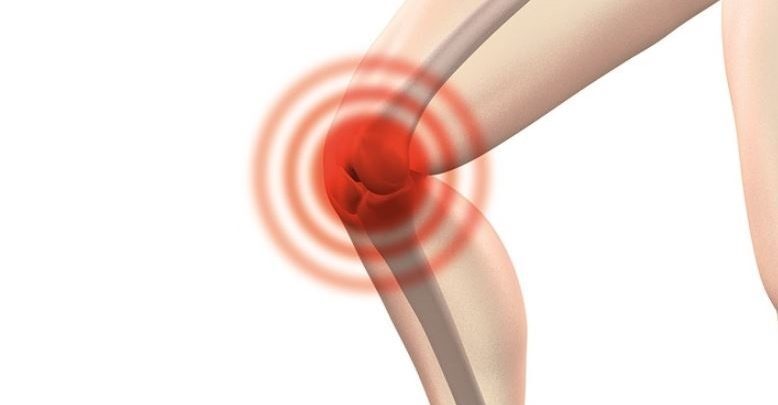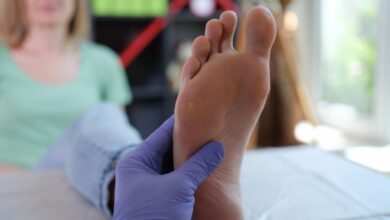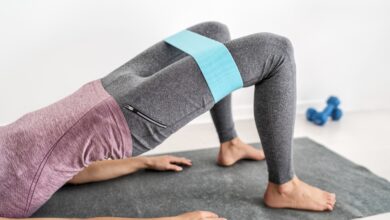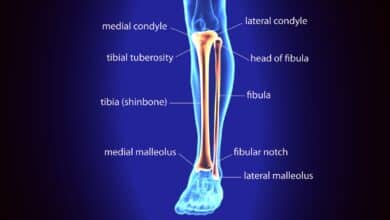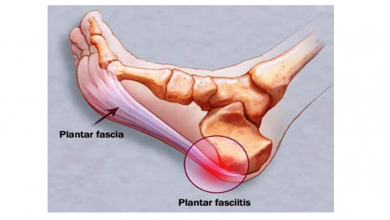Pain in the external face of the knee? What can I do?
It is increasingly common for patients to come to the physiotherapy consultation with their own diagnosis and surprised by not improving after having done exercises, stretching and all the remedies that they have read on the Internet or that a friend has recommended.
El pain on the external face of the knee It is a common complaint in physical therapy consultations. It can be due to various causes, such as an injury to the external meniscus or problems in the lateral part of the knee.
Therefore, it is crucial to obtain an accurate diagnosis to get recovery on track as soon as possible.
The purpose of this article is to give you know the most frequent pathologies that can appear on the lateral aspect of the knee so that in this way, you understand the importance of going to the specialist to direct your recovery as soon as possible.
In a previous post, we explained what was the iliotibial band syndrome and as we mentioned, NOT all pain on the outside is produced by this structure, the difficulty in differentiating the pathological picture lies in the fact that many times the symptomatology is very similar.
Pathologies associated with lateral knee pain
Some of the pathologies that can occur and that can be detected by feeling lateral knee pain include:
External meniscus injury
In the knee we have two menisci, the internal and the external. They are a type of fibrocartilaginous pads that have the function of increasing joint congruity and stability and improving load transmission.
It is important to collect information on the position of the knee at the time of the injury, if it was swollen suddenly or late, if there was a click, pain or feeling of blocking, as it is very important for diagnostic orientation.
Symptoms vary widely, from high inflammation, low quadriceps tone to intermittent pain of lesser disability, or limited mobility.
If you experience pain on the outside of your knee, it may be an injury to the lateral meniscus.
El treatment It will depend on the type of injury and whenever possible, the conservative will be chosen, leaving the surgical for certain cases.
Popliteal tenosynovitis:
The popliteus is a small muscle, but with an important Stabilizing function of the external meniscus and knee control during walking. If you feel external lateral knee pain when flexing, this muscle could be affected.
The tendon of this muscle is covered by a sheath and when there is an affectation, fluid accumulates between the sheath and the tendon.
The patient refers pain in the back and outside of the knee almost always with functional limitation when walking and in sports activities especially when it descends (slope of slopes).
El diagnosis It will be carried out through certain exploratory tests and ultrasound can help confirm its involvement.
Superior tibioperoneum ganglion:
The appearance of a lump on the external face of the neck of the fibula (slightly below the knee) is the warning sign in the patient. This type of external knee pain can be caused by joint overload and repeated microtrauma such as continuous running.
It occurs as a consequence of a joint overload and of repeated microtrauma, such as continuous running.
A biomechanical alteration of the knee and / or chronic ankle injuries.
It is important to carry out imaging tests to confirm your diagnosis and thus proceed to the most appropriate treatment.
Highlight of the biceps femoral tendon:
It occurs in running, cycling and soccer athletes. If you experience a “jump” on the posterolateral aspect above the head of the fibula, you could be suffering from external knee pain.
They can usually reproduce it with the knee to 90º of flexion and standing fixed on the floor, when trying to bend and contract the musculature the abrupt projection is observed.
La magnetic resonance It detects the anatomical alteration that causes the protrusion, although at a clinical level it is more interesting to perform an ultrasound to see how the structure behaves dynamically.
Injuries of the lateral collateral ligament:
It is less common than that of the internal collateral ligament. This type of lateral knee pain usually occurs after a bad gesture that involves overstretching the external part of the joint.
This injury is usually associated with involvement of the anterior cruciate ligament and other intra-articular structures. therefore, it is important to carry out additional tests.
At Healthing we recommend that if you experience pain on the lateral side of the knee, you make an appointment with the specialist so that after a thorough clinical examination, they can diagnose you and prescribe early treatment to shorten recovery times.
Contact:
- Web: https://healthing.es
- Healthing, Calle Serrano, 61. 4th floor - 28006 (Madrid)
- Telephone: + 34 91 426 29 24
There are no previous results.

